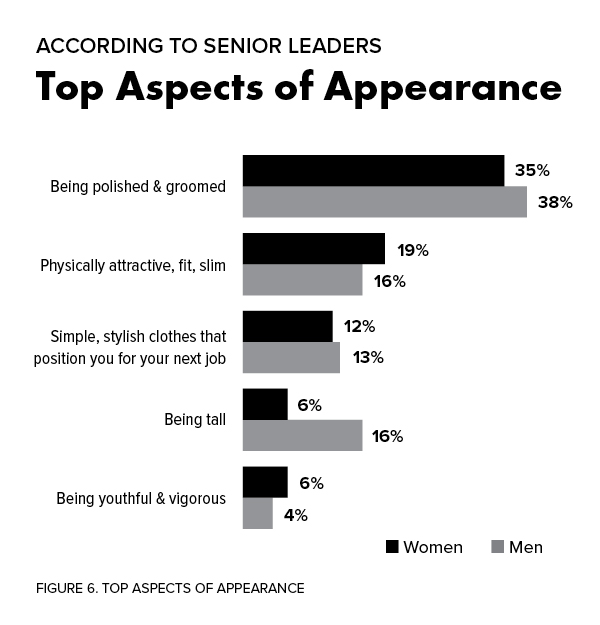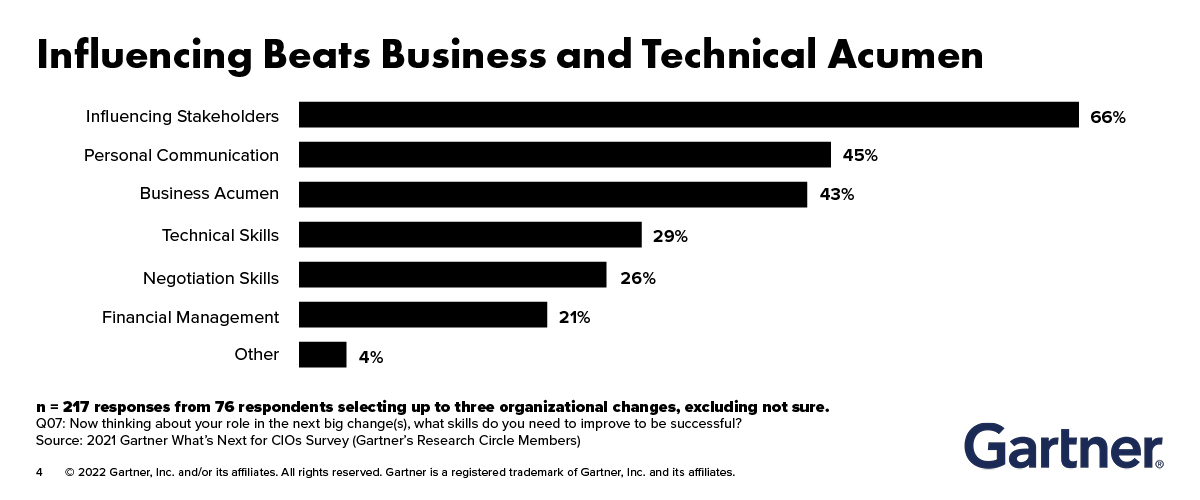“All the world’s a stage.”
– William Shakespeare
He knew it, and so should you. When it comes to engagement, you are definitely expected to perform in some way to deepen your connection. So, how you present yourself on the ‘stage’ is critical. In another blog, I mentioned Sylvia Ann Hewlett’s book Executive Presence. In it, the author says it’s not so much how you look, but what you do with what you’ve got that counts.
Executive Presence, or, EP as we call it in the trade, consists of those special ingredients that, taken together, produce a leader. Some people might insist what I’m really talking about is charisma, and that you’ve either got it or you ain’t. You’re born with it and that’s that.
Not so!
I was careful to use the word ingredients, in other words, you don’t have to be born with this; you can indeed get this, just like you’d buy food ingredients from the store. There’s nothing magical about it.
So what are the EP ingredients?
It’s a process, and this recipe starts with getting your current presence evaluated, to see — literally and figuratively — how you stand. Accurate, respectful, but still truthful feedback is essential in finding out how you are perceived by others. It’s like the 360 review practice many executives undergo. You get feedback through others’ eyes and it may be a different version of yourself from the one you have of yourself. Ouch?! Yeah, sometimes the truth hurts, but remember it’s for the greater good.
Next ingredient: how do you speak? A lot of times what distinguishes really good speakers from terrible ones is an economy of words. We’ve all heard speakers who figure it’s the QUANTITY of words spoken that’s going to impress! For example, saying “At this point in time” instead of “Now”. Or, saying “To make a long story short” — six or seven times over! Tightening your communication is direct and commanding. Be direct and to the point.
Another ingredient of Executive Presence is something called greater gravitas. That means bringing more seriousness, that is, value to a situation. You can do this in a way that combines a physical and vocal poise that maximizes persuasion — and still be economical in your words and movements.
Finally, the last notable ingredient is influence. The Gartner study on valued leadership traits shows that influencing stakeholders has a higher rating than technical skills or business acumen! This points to the value and of greater engagement. Because as long as influence is defined as “the power of causing an effect,” it stands to reason you need to know your brand, know your approach, and know how to engage with your audience — as a leader.
I know….it sounds like a lot, but the great thing is how natural this can feel with some practice, and how much more confident and engaging you’ll feel once you pull it all together.
I hope, in learning something from it, you’ll acknowledge the source? Above all, I hope it helps.
“For this relief, much thanks.”
– William Shakespeare







